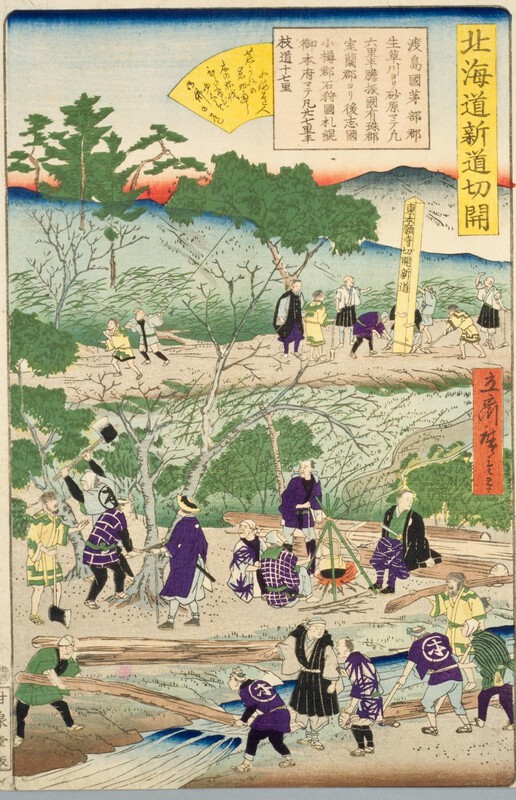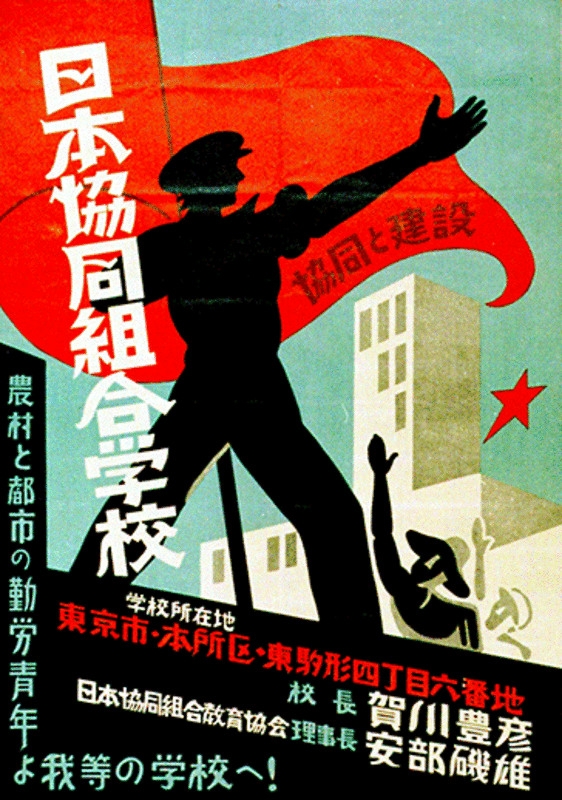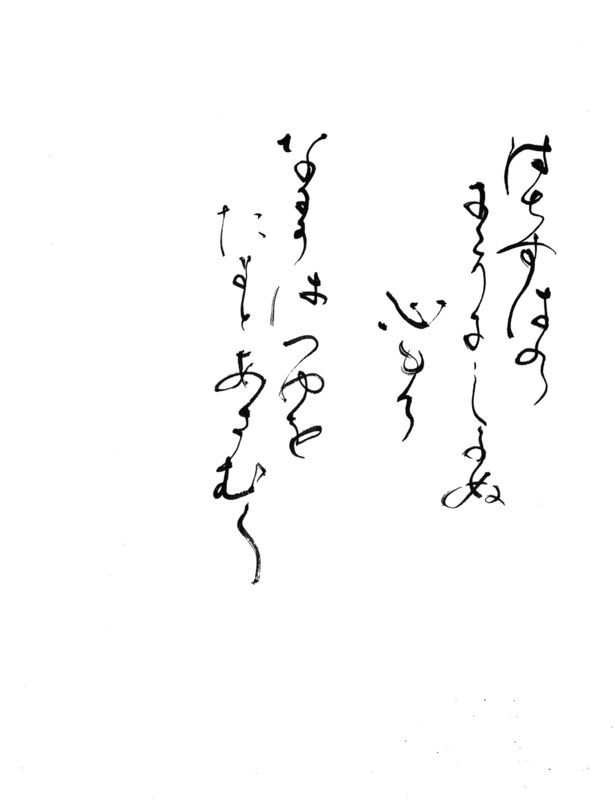These three Heian-period waka poems—the first by Buddhist priest Henjō (816-89), the second by court poet Ōshikōchi no Mitsune (859-925), and the third by female poet Ise no Taifu (circa 989-1060)—were prepared for Marc Peter Keane’s book, Songs in the Garden: Poetry and Gardens in Ancient Japan (Ithaca: MPK Books, 2012). Although these particular versions of the poems did not make the final cut for the book manuscript, Kyoko saved them in a scrapbook along with other favorites she had produced over the years.
The poems read as follows:
* The opening of the poem references 不染世間法 如蓮華在水, a line in the Lotus Sutra that compares the purity of the Dharma with that of a lotus rising from the waters.









